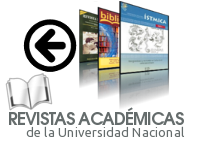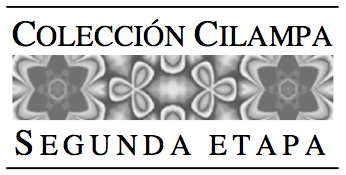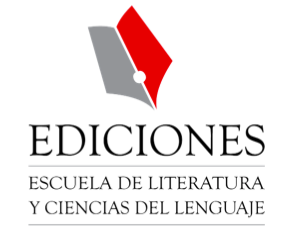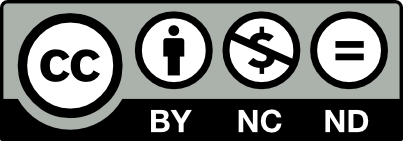Enhancing Language Learning and Acquisition by Implementing Extensive Reading
DOI:
https://doi.org/10.15359/rl.1-69.6Keywords:
extensive reading, learning, language, pleasure reading, proficiency level, motivational factorsAbstract
An explanation is provided of how extensive reading was used in the second-year reading courses in two majors—the Teaching of English as a Foreign Language (Bachillerato en la Enseñanza del Inglés, BEI) and English as a Foreign Language (Bachillerato en Inglés, BI), both of the Universidad Nacional (Heredia, Costa Rica)—to improve their language proficiency. To implement this, the time and activities were organized in student-centered sessions so that the learners could select readings for their individual use.
References
Bamford, Julian and Richard R. Day. “Top Ten Principles for Teaching Extensive Reading,” Reading in a Foreign Language 14, 2 (2002): 136-141.
Day, Richard R. and Julian Bamford. Extensive Reading in the Second Language Classroom. New York: Cambridge University Press, 1998.
Day, Richard R. and Julian Bamford. “Extensive Reading in the Second Language Classroom,” RELC Journal 29, 2 (1998): 187-191. DOI: https://doi.org/10.1177/003368829802900211.
Ewert, Doreen. “The Effects of Extensive Reading on Adult Reading Behavior and Proficiency in an Intensive English Program,” Extensive Reading World Congress Proceedings 1 (2012): 141-144.
Ewert, Doreen. Extensive Reading ER Workshop. (Heredia, Costa Rica, June 20-21, 2018).
Fauzi, Iwan. “The Effectiveness of Skimming and Scanning Strategies in Improving Comprehension and Reading Speed Rates for the Students of English Study Program,” Register Journal 11, 1 (2018): 101-120. DOI: 10.18326/rgt.v11i1.101-120.
Hulstijn, Jan H. “Theoretical and Empirical Issues in the Study of Implicit and Explicit Second-Language Learning,” Studies in Second Language Acquisition 27, 2 (2005): 129-140. DOI: https://doi.org/10.1017/S0272263105050084.
Kelly, Louis. 25 Centuries of Language Teaching. Rowley, MA: Newbury House Publication, 1969.
Krashen, Stephen. Second Language Acquisition and Second Language Learning. Oxford: Pergamon Press, 1983.
Little, David. “Learner Autonomy and Second/Foreign Language Learning,” LLAS Centre for Languages, Linguistics and Area Studies, 8 April 2019. <https://www.llas.ac.uk/resources/gpg/1409>.
Mason, Beniko and Stephen Krashen. “Extensive Reading in English as a Foreign Language,” System 25, 1 (1997): 91-102. DOI: https://doi.org/10.1016/S0346-251X(96)00063-2.
Pigada, Maria and Norbert Schmitt. “Vocabulary Acquisition from Extensive Reading: A Case Study,” Reading in a Foreign Language 18, 1 (2006): 1-28.
Pino-Silva, Juan. “Extensive Reading through the Internet: Is It Worth the While?,” International Journal of English Studies 9, 2 (2009): 81-96. DOI: 10.6018/ijes.9.2.90761.
Yulia, Made F. “Extensive Reading in L2 Learning: Current Trends and Future Possibilities,” Premise: Journal of English Education and Applied Linguistics 7, 1 (2018): 36-48. DOI: http://dx.doi.org/10.24127/pj.v7i1.1293.
Published
How to Cite
Issue
Section
License
Principios básicos:
a) Los autores conservarán los derechos de propiedad intelectual de sus aportes o artículos;
b) Cada autor deberá indicar expresamente que ese artículo lo entrega, en calidad de exclusividad, a la revista LETRAS; y
c) La revista Letras se reservará el derecho de autorizar para fines académicos no lucrativos la reproducción y uso de ese material por parte de terceros, siempre que éstos indiquen expresamente la procedencia del artículo. Todo ello se postula en concordancia con la normativa de "Creative Commons Atribution License", recomendada.

This work is licensed under a Creative Commons Attribution-NonCommercial-NoDerivs 3.0 Costa Rica License.















